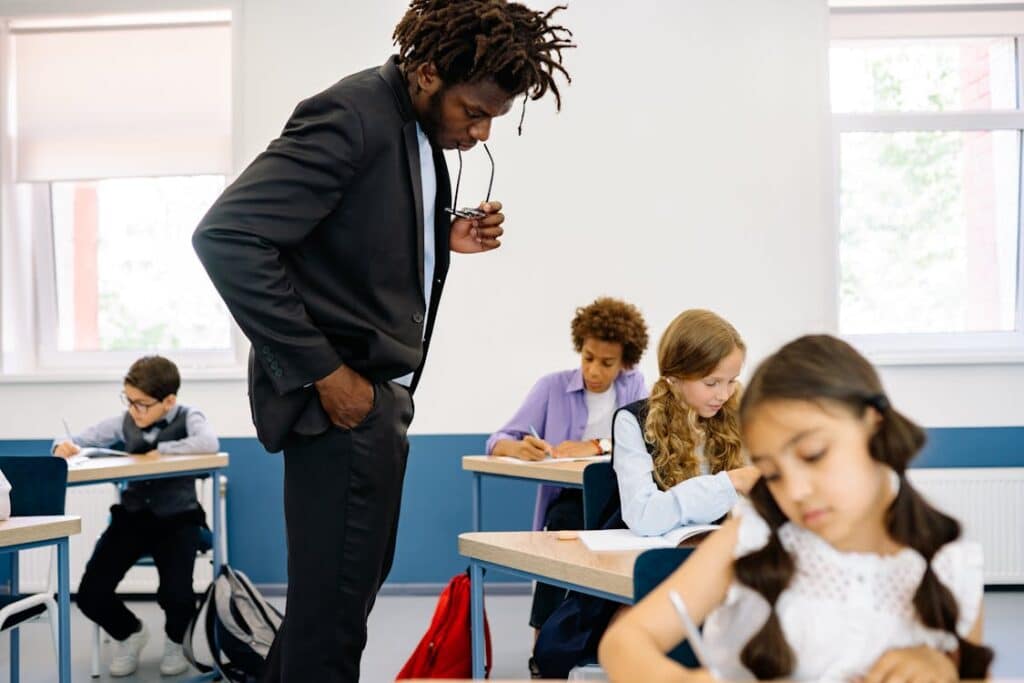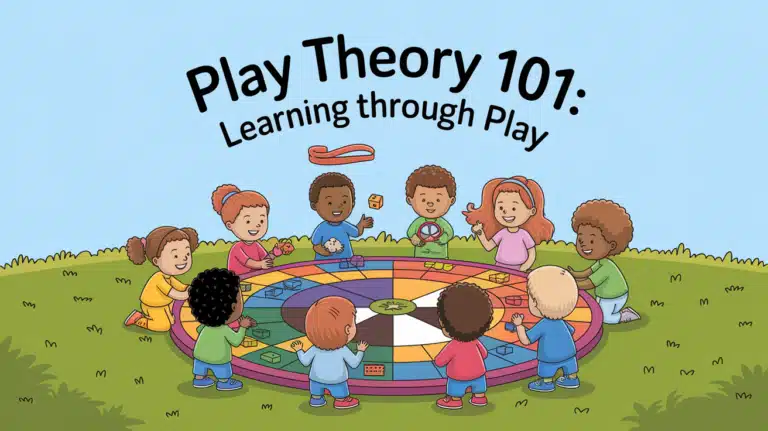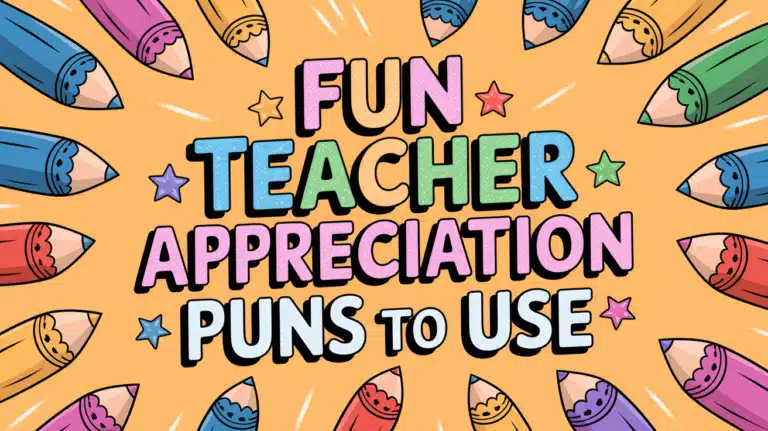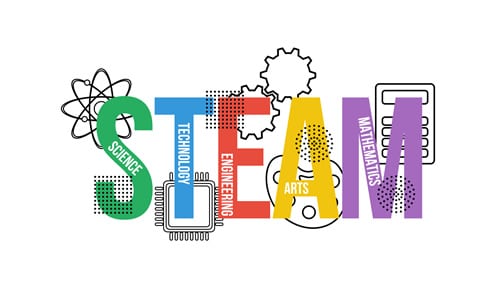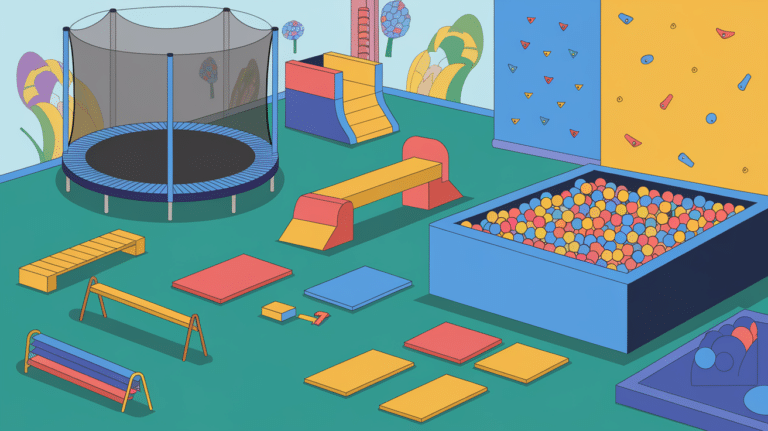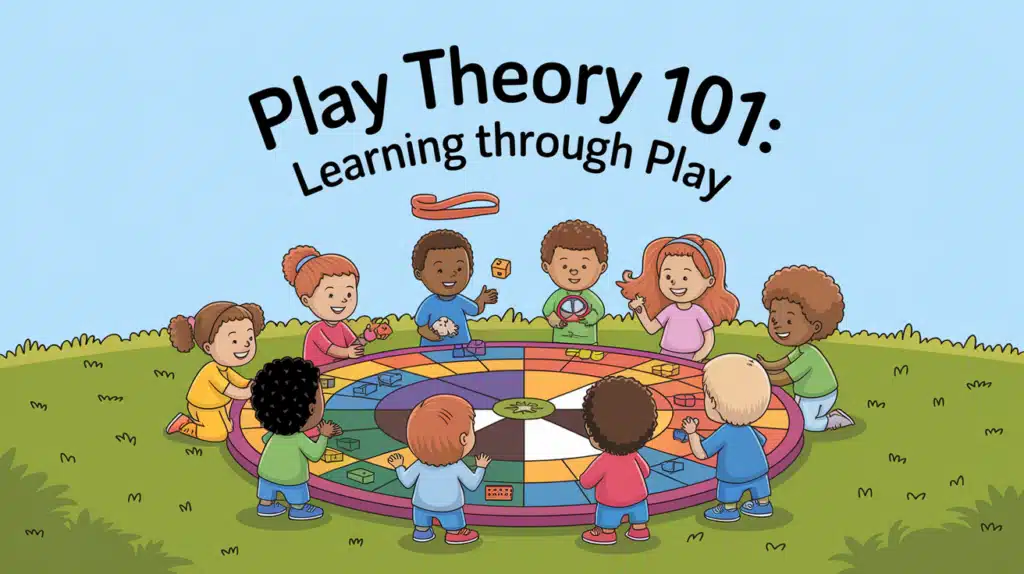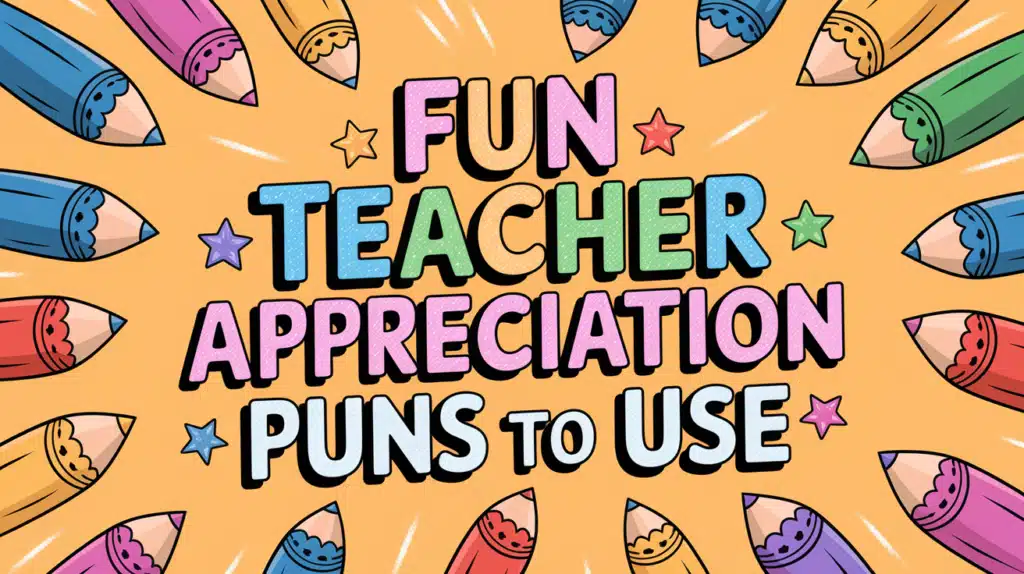Inclusive education benefits all students by fostering an environment where everyone feels valued. When students with different learning abilities share a classroom, they develop stronger social skills, greater empathy, and a better understanding of diverse perspectives. However, inclusion goes beyond seating arrangements—it requires thoughtful teaching strategies that support all students.
Educators play a key role in making classrooms welcoming for children with diverse needs. Small adjustments in lesson planning, classroom setup, and instructional methods can make a big difference. By using adaptive strategies, teachers create spaces where every student has the opportunity to participate and succeed.
Understanding the Foundations of Inclusive Education
An inclusive classroom integrates students with disabilities, learning differences, and varied backgrounds into the general education setting. It does not mean all students are taught the same way. Instead, teachers modify lessons, use different instructional techniques, and provide necessary support so every student can learn effectively.
Training in special education equips educators with the tools to implement inclusive practices. Many teachers pursue a bachelor’s degree in special education to gain the knowledge and skills needed for working with diverse learners. This degree covers essential strategies, including differentiated instruction, behavioral support, and assistive technology.
For those looking for a more flexible way to complete their studies, a special education bachelor degree online allows future educators to learn at their own pace while gaining the same foundational knowledge as a traditional program. Online options make it easier for working professionals or those balancing personal commitments to advance their careers in special education.
Creating an Adaptive Classroom Environment
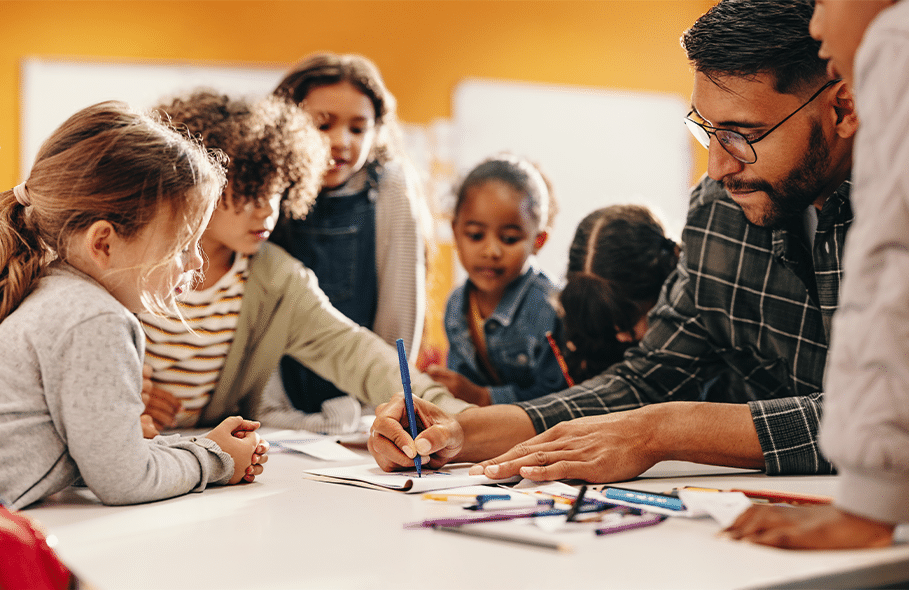
A well-designed classroom makes learning easier for all students. Physical space plays a major role in accessibility, focus, and engagement. Traditional rows of desks may not work for every student, especially those with mobility challenges or sensory sensitivities.
Flexible seating arrangements, such as standing desks, floor cushions, or adjustable chairs, provide students with options that help them stay comfortable and focused. Some students benefit from quiet areas where they can step away when feeling overwhelmed. Adding soft lighting, noise-canceling headphones, or sensory tools can support students who need a calmer learning space.
Accessibility also applies to learning materials. Providing a mix of text, audio, and visual resources allows students to engage with the material in a way that suits their needs. Large-print worksheets, audiobooks, and digital content help students who struggle with traditional formats. When classrooms are designed with different learning styles in mind, more students feel included.
Differentiating Instruction for Diverse Learners
Not all students learn in the same way or at the same pace. Some grasp concepts quickly through visual aids, while others need hands-on experiences. Differentiated instruction involves presenting information in multiple ways to accommodate different learning preferences.
Breaking lessons into smaller steps helps students process information without feeling overwhelmed. Using pictures, charts, or physical objects alongside verbal explanations can strengthen understanding. Allowing extra time for responses gives students with processing delays the space to participate fully.
Technology also supports differentiated instruction. Speech-to-text software helps students who struggle with writing, while interactive educational apps provide personalized learning experiences. When teachers use a variety of methods, students have more opportunities to connect with the material.
Encouraging Peer Support and Collaboration
A classroom becomes stronger when students support one another. Creating a culture of teamwork helps all students feel included, especially those with learning differences. Structured group activities encourage collaboration and allow students to learn from each other.
Peer tutoring is one way to build this kind of support system. Pairing students with different strengths helps reinforce skills while promoting social interaction. For example, a student who excels in reading can help a classmate who struggles, while that same classmate may offer strong problem-solving skills in math. This method benefits both students by reinforcing concepts in a more relaxed and engaging way.
Teachers can also introduce buddy systems, where students check in with each other on assignments and classroom routines. Group discussions that encourage different perspectives give every student a voice. When students work together regularly, they develop stronger communication skills and learn the value of teamwork.
Communicating Effectively with Students and Families
Open communication between teachers, students, and parents helps create a supportive learning environment. When families stay informed about their child’s progress, they can reinforce learning at home and provide helpful insights to educators.
Teachers can keep communication open by scheduling regular check-ins with parents, sending brief progress updates, or providing resources that support learning outside the classroom. Parents of students with learning differences often have valuable knowledge about what strategies work best for their child. Listening to their input allows teachers to make adjustments that benefit the student.
Within the classroom, using simple and direct language helps all students understand instructions. Some students process information better when given written directions along with verbal explanations. Visual schedules or step-by-step guides help students follow along with daily routines. These small adjustments improve clarity and reduce confusion.
Using Positive Reinforcement to Build Confidence
A supportive learning environment recognizes effort and progress. Positive reinforcement encourages students to stay engaged and motivated. Instead of focusing on mistakes, teachers can highlight what students are doing well and provide constructive feedback.
Giving specific praise helps students understand what they are succeeding in. Instead of saying, “Good job,” a teacher might say, “I like how you explained your answer in detail.” This approach reinforces good learning habits and builds confidence.
Classroom reward systems, such as sticker charts or certificates, can also motivate students. However, rewards should focus on effort and improvement rather than competition. Celebrating small achievements, like completing a challenging assignment or showing persistence, encourages a growth mindset.
Allowing students to set personal goals helps them take ownership of their learning. When students see their progress over time, they gain confidence in their abilities.
Creating an inclusive classroom is an ongoing process that requires flexibility and a commitment to meeting the needs of all students. Simple changes, such as adjusting teaching methods, fostering peer collaboration, and maintaining open communication with families, help build an environment where every student can succeed. By embracing these strategies, educators create classrooms that support learning, build confidence, and promote a sense of belonging for all students.

